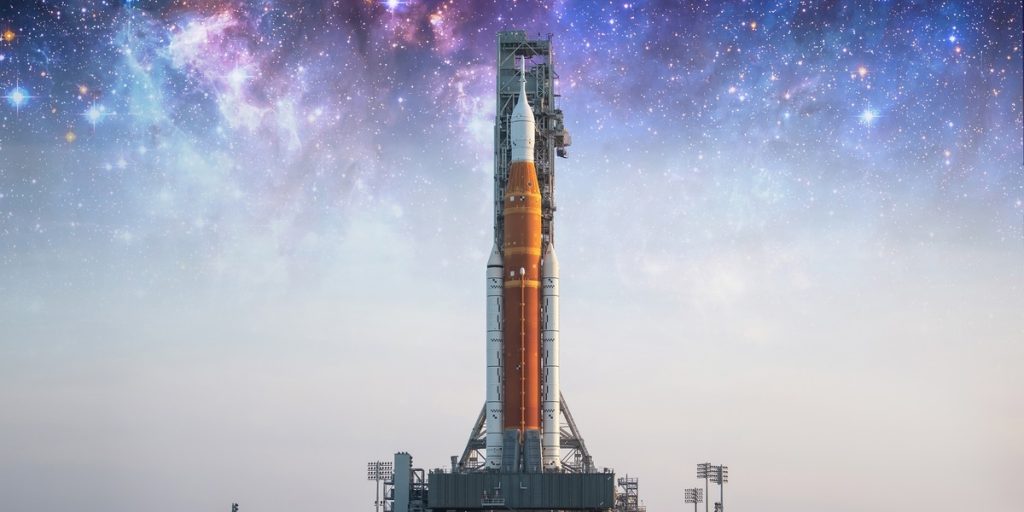Artemis III Lunar Mission Postponed Amid SpaceX Challenges
Others are reading now
NASA’s ambitious Artemis program, aiming to mark a historic return of astronauts to the moon, has faced a significant setback. The space agency announced that the Artemis III mission, initially scheduled for 2025, is now postponed to at least September 2026.
This delay represents a major shift in NASA’s timeline for its lunar exploration efforts, CNN reports.
The primary factors contributing to this delay include challenges in the development of SpaceX’s Starship, the rocket and spacecraft system intended to transport astronauts from lunar orbit to the moon’s surface. Two test flights of the Starship in 2023 ended in explosions, indicating the hurdles SpaceX faces in perfecting this crucial technology.
Also read
Jessica Jensen, SpaceX’s vice president of customer operations and integration, outlined the complexity of the task ahead. Even after Starship achieves safe Earth orbit, the vehicle must undergo a series of at least 10 refueling flights to ensure it has sufficient propellant for the journey to the moon. This development process is both intricate and time-consuming.
In addition to the Starship’s progress, NASA is also grappling with engineering challenges related to the spacesuits required for the moon’s surface. These technical issues, along with SpaceX’s development hurdles, have been previously highlighted by government watchdogs as potential causes for delay in the Artemis III mission.
The Artemis II mission, a precursor to the moon landing that involves a crewed flyby of the moon, is also affected by these delays. Originally targeted for November 2023, its new launch date is September 2025. The delay stems partly from issues with the Orion crew capsule, including an unexpectedly charred and eroded heat shield during the uncrewed Artemis I mission in 2022.
Despite these challenges, NASA remains committed to its Artemis IV mission in 2028, aiming to send astronauts to the Gateway space station orbiting the moon. This realigned timeline for the Artemis program underscores the complexities and costs of pioneering human space exploration.
NASA’s efforts in lunar exploration come amidst a global resurgence in moon missions. China, a key rival in space exploration, has already achieved significant milestones, including the first uncrewed lander on the moon’s far side, and has plans for its own astronaut lunar landing by the end of the decade.
NASA Administrator Bill Nelson expressed confidence in NASA’s position in this new space race, downplaying concerns about China landing on the moon before the United States. He acknowledged China’s aggressive plans but remained optimistic about NASA’s progress.
The delay in the Artemis program is a reminder of the inherent challenges in space exploration, requiring technological precision, extensive testing, and a cautious approach to ensure the safety and success of these ambitious missions.


